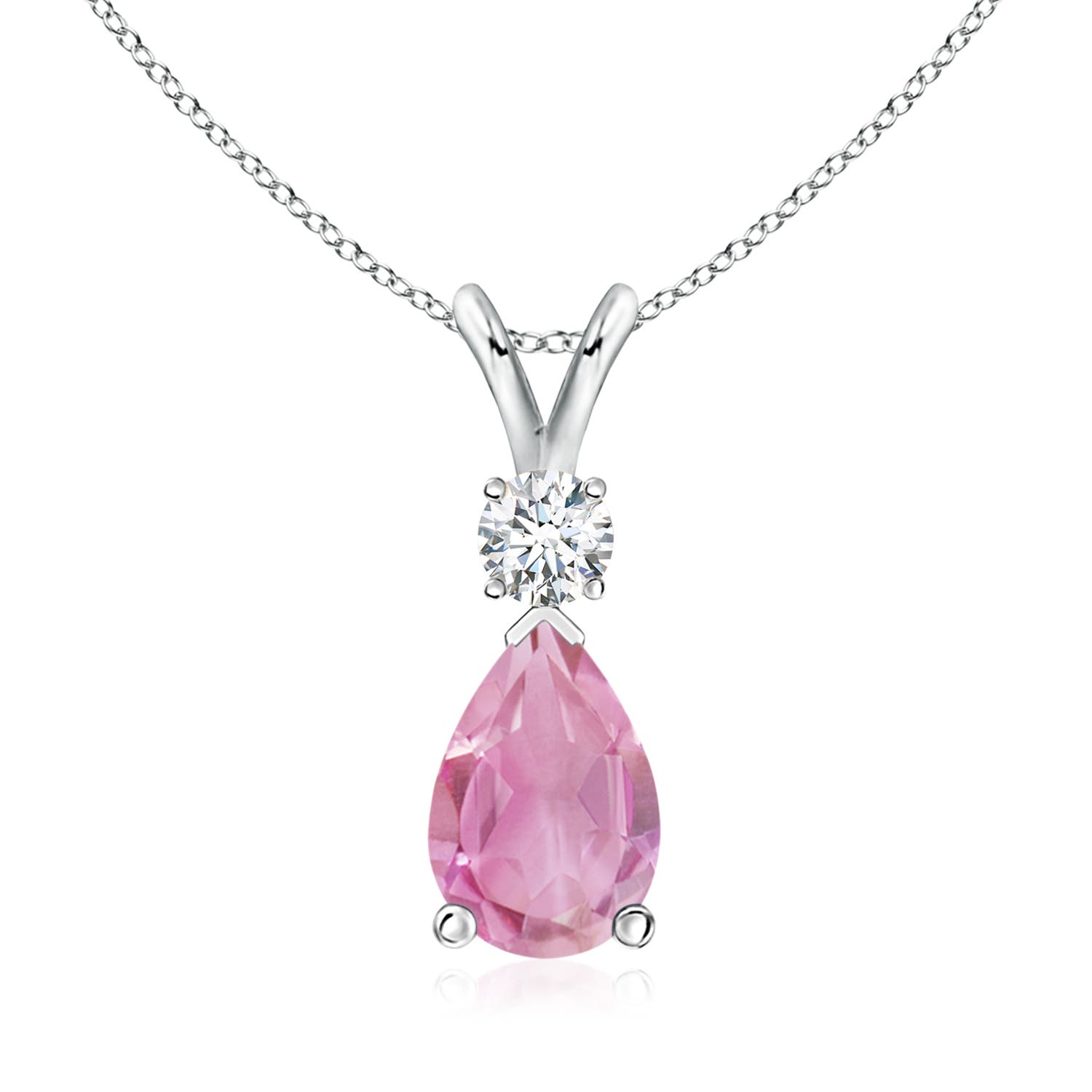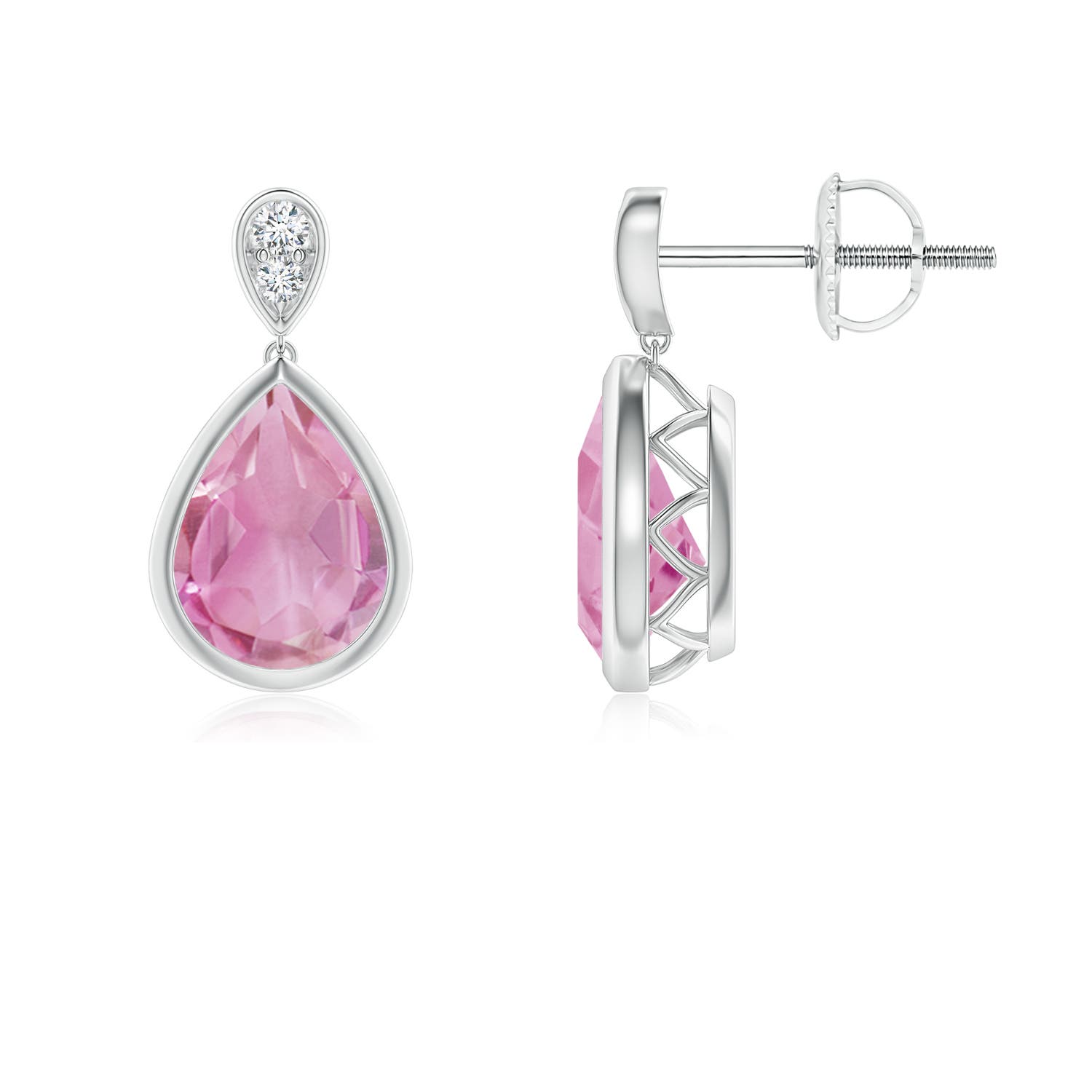If you are passionate about gemstones then the history of tourmaline will definitely fascinate you. Tourmaline is a complex gemstone with similar crystal structures and is often confused with various other gems. It is a semi-precious stone discovered in the 1500s and was initially mistaken for an emerald.
This confusion prevailed until the 1800s when mineralogists finally identified it as a unique variety. It is a part of the vast group of boron silicate minerals with various compositions, trace elements, and colorful shades.
The Unheard History of Tourmaline
- Tourmaline has a long historic trail starting from Pharaohs and Egyptian scholars. Beginning with myths, the Egyptians have weaved a historical significance to this gemstone suggesting that the stone got its color by breaking through a rainbow while rising above from the earth.
- However, long after the Egyptian theory, the gemstone was mistaken for an emerald by Spanish conquistadors in Brazil in the 1500s. Then at the end of the 1600s and the early 1700s, the Dutch discovered it on the Western Italian coast and in Sri Lanka. It got its name from the Sinhalese term “turmali,” which was adopted by the Dutch merchants to name this multicolored, water-worn pebble.
- Later as time progressed, tourmaline was classified as a unique gemstone by the mineralogists of the 1800s who conducted extensive research on the gemstone.
- In America, the mineralogist George Kunz created a craze amongst the masses by selling green tourmaline gemstones in 1876. In California, these gemstones were given as funeral gifts amongst Native Americans.
- China was a superpower in the tourmaline trade because the Chinese Empress Dowager Cixi carved pink tourmaline, which she brought in huge quantities from San Diego County. But unfortunately, the trade collapsed in 1912 with the fall of the Chinese government.
- However, the rise of the Brazilian Tourmaline excavations in the 1980s and 90s regained popularity—especially those mined in Paraiba with neon colors and striking hues.
Facts About Tourmaline
There are some interesting facts about tourmaline as well, which we will highlight in the points mentioned below:
1. Tourmaline Changes Color
When viewed at different angles, the gemstone’s hue changes. From green to black or even other shades. This is technically called pleochroism which depends upon the cutting and setting.
2. Healing Properties
Known as the birthstone for October, tourmaline provides ample healing properties to the wearer. For instance, green tourmaline strengthens the immune system, black tourmaline relieves arthritis and aches in the feet, ankles, legs, and back. In addition, red and pink tourmaline is an antidote for heart issues. Finally, blue tourmaline is best for the throat chakra.
3. Engagement Rings
With time, tourmaline engagement rings have become quite popular amongst couples.
The gemstone’s metaphysical properties promote the lifelong bond of love and happiness between partners.
4. Electrostatic Properties
Tourmaline becomes electrically charged when heated, cooled, or rubbed, with a negative and positive end, thereby attracting dust particles. Hence, the Dutch traders used it in their meerschaum pipes to clean the old ash.
5. Mistaken For Other Gemstones
The stones in the Russian crown jewels, which were believed to be rubies, are now considered tourmalines because of the Intense red tourmaline cabochons.
6. Unique Chemical Formula
Tourmaline is often introduced as a crystalline boron silicate. Some elements that are present in the evolution of the gemstone are aluminium, silicon, boron, chromium, oxygen, potassium, hydrogen, sodium, magnesium, calcium, iron, lithium, etc.
7. Three-sided Prisms
No other ordinary mineral has this property. The crystals are triangular in cross-section, often with curved striated faces and sometimes with asymmetrical sides.
Types of Tourmaline
If you are keen to buy a tourmaline ring for yourself or someone close, then it would be beneficial for you to know the different types of tourmalines.
1. Elbaite
This is the most familiar and popular tourmaline variety found in red, pink, green, blue, or grey, with shades that range from pale to super intense. Also, one gemstone shares multiple colors, like red or pink with green. It gets its name from the picturesque island of Elba, found miles away from the west coast of Italy. Varieties of elbaite include rubellite, green tourmaline, indicolite, watermelon tourmaline, paraiba tourmaline and colorless.
2. Dravite
Also known as brown tourmaline, the dravite is the darker version of yellow to brown. It gets its name from the deposit in modern-day Slovenia near the Drave River. Its varieties include deep green chromium dravite and vanadium dravite.

3. Watermelon Tourmaline
This is a bicolored version of the elbaite tourmaline, which is rarely available. They are fashioned with 100% colors of a watermelon with a green outer rind and a pink-hued center. And they are cut explicitly to radiate these colors. Also, they are similar to the liddicoatite tourmaline variety.

4. Schorl
This is the common form of tourmaline with prismatic crystals. The stunning black color of the gemstone finds its place in many engagement and wedding ring designs.

5. Paraiba
This is the most famous Brazilian tourmaline that’s found in neon to electric blue, intense green, and vivid purple to violet. It was first founded at the Batalha mine in 1987, from where it got its name. Later, its other type, the cuprian tourmaline, was found in other locations in Brazil, Nigeria, and Mozambique. However, it bore the name paraíba tourmalines.
6. Cat’s Eye
This unique tourmaline variety represents the optical phenomenon of a cat’s eye or chatoyancy. The bright light appears as a narrow slit and is caused by parallel fibrous inclusions that interfere with light passages throughout the crystal, scattering and reflecting light to the viewer as a thin line. The most common colors are pink and green amongst other varieties.

Other types include:
- Achroite
- Buergerite
- Canary
- Chrome Tourmaline
- Foitite
- Indicolite
- Liddicoatite
- Magnesio Foitite
- Olenite
- Povondraite
- Rossmanite
- Rubellite
- Tsilaisite
- Uvite
- Verdelite
- Siberite
- Bi-color
- Tri-Color
Final Thoughts
Tourmaline may not hold the same significance as precious gemstones but they are just as desired and admired across the world and in different cultures. If you are looking for a tourmaline ring, pendant, earrings, or bracelet, then check out Angara’s wide range of beautiful and elegant tourmaline jewelry.
Also Read
- History of Blue Zircon
- History of Amethyst
- History of Aquamarine
- History of Blue Sapphire
- History of Brown Diamonds
- History of Diamond
- History of Black Diamond
- History of Blue Diamond
- History of Orange Zircon
- History of Pink Sapphire
- History of Pink Tourmaline
- History of Ruby
- History of Tanzanite
- History of Tsavorite
- History of Turquoise
- History of White Sapphire
- History of Yellow Sapphire
- History of Moonstone
- History of South Sea Pearl
- History of Tahitian Pearl
- History of Citrine
- History of London Blue Topaz
































